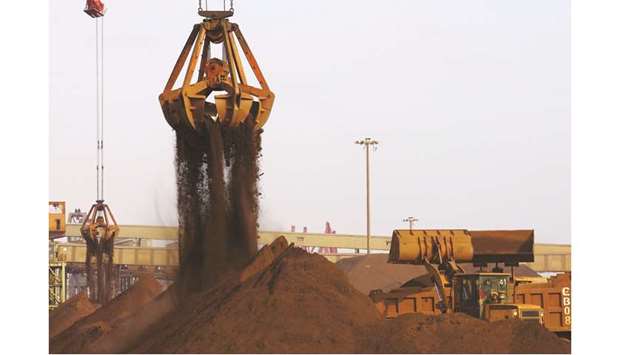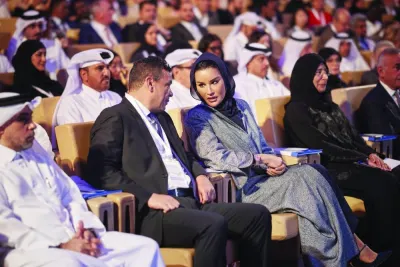The iron ore market’s had a tumultuous year as prices soared then sank, miners battled supply disruptions and China cooled. Behind the scenes there’s been drama too as grade spreads got crushed, setting back the case higher-quality products will command a wider premium.
The gap between a standard tonne of ore with 62% iron content and material with 65% iron was about $7 last week, or roughly 7%, according to Mysteel Globaldata. At the start of the year, the spread was 19%, and midway through 2018 higher-quality ore was over 40% more expensive. At the same time, the discount between lower-grade and benchmark ore has narrowed.
The grade compression adds a twist to an eventful year, although it’s been masked by the drama in the foreground. The notion higher-quality ore would command a big premium was one of the market’s chief talking points in 2017 and 2018, with miner Vale SA saying gaps between types of ore were “here to stay.”
But as 2019 unfolded, a drop in mills’ profitability – spurred in part by a dam collapse at a Vale mine that sparked a rally – eroded the differentials.
“The steel industry is struggling, so the steel mills do not try to maximise blast furnace productivity at the moment,” said Erik Hedborg, senior analyst at CRU Group.
“They are trying to save costs by switching to lower-grade ores, which increases demand for cheaper material.” A drop in coking-coal prices has also fuelled a preference for low-grade ore, according to Hedborg.
Iron ore, the key ingredient used to make steel, comes in many different types that vary by the percentage of iron content and the presence of unwanted impurities such as alumina and silica. There are also different physical forms, with ore sold both as lumps, fines and pellets, that help to determine pricing.
Last year, the premium for higher-grade ore expanded, with miners and banks linking the move to China’s drive to clamp down on pollution – which pushed mills to use better-quality materials – and promote industry consolidation. At the same time, healthy profit margins for steelmakers incentivised them to use more efficient ore, typically with greater iron content and fewer impurities.
In May 2018, BHP Group said the reforms in China’s steel sector would hand an advantage to suppliers of better-quality iron ore, with executives referencing a “continuous demand for higher-quality raw materials.” And to take advantage, Singapore Exchange introduced a futures contract for higher-grade ore.
But this year, spreads narrowed again. Vale’s January dam collapse spurred a broad rally in prices amid concerns there would be a shortage. That raised costs for mills, and the shock played out just as conditions worsened in the global steel industry, prompting a shift toward cheaper inputs.
A Bloomberg gauge of mills’ profitability in China dipped into negative territory in August and, although it briefly recovered some ground afterwards, it returned to loss-making levels this month. In those circumstances, steelmakers gravitate towards lower grades.
The premium between higher-quality ore and the benchmark has also declined in recent months because there’s been increased supply of better-grade material from Vale, even as the miner struggles to restore all of the output that was knocked offline by the dam tragedy.
Following the disaster, Vale has been ramping up production from its Northern systems, which produce material with higher iron content, according to Marex Spectron Group analyst Hui Heng Tan.
That part of the company’s operations is home to the vast, new S11D project, which churns out higher-grade ore.
Investors are in line for a host of updates on the outlook as Vale delivers its quarterly production report yesterday, followed by BHP and Rio Tinto Group later this week. Ahead of those insights,
Chinese data showed that iron ore imports surged in September to the third-highest figure on record. Iron ore futures were steady at $88.38 a tonne yesterday in Singapore. On Friday, spot benchmark ore was $92.65 a tonne, while high-grade Brazilian material fetched $99.40 and lower-quality Australian ore was $80.60, according to Mysteel Global.

Cranes unload imported iron ore from a ship at a port in Rizhao, China. Iron ore, the key ingredient used to make steel, comes in many different types that vary by the percentage of iron content and the presence of unwanted impurities such as alumina and silica.


